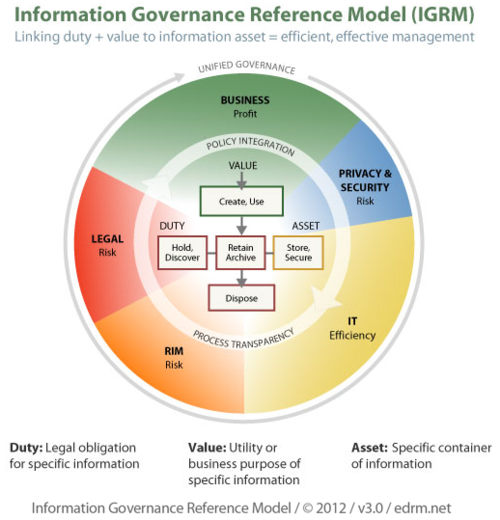Are You Requesting the Best Production Format for Your Case? – eDiscovery Best Practices

One of the blogs I read regularly is Ball in your Court from Craig Ball, a previous thought leader interviewee on this blog. His post from last Tuesday, Are They Trying to Screw Me?, is one that all attorneys that request ESI productions should read.
Ball describes a fairly typical proposed production format, as follows:
“Documents will be produced as single page TIFF files with multi-page extracted text or OCR. We will furnish delimited IPRO or Opticon load files and will later identify fielded information we plan to exchange.”
Then, he asks the question: “Are they trying to screw you?” Answer: “Probably not.” But, “Are you screwing yourself by accepting the proposed form of production? Yes, probably.”
With regard to producing TIFF files, Ball notes that “Converting a native document to TIFF images is lobotomizing the document.” The TIFF image is devoid of any of the metadata that provides valuable information about the way in which the document was used, making analysis of the produced documents a much more difficult effort. Ball sums up TIFF productions by saying “Think of a TIFF as a PDF’s retarded little brother. I mean no offense by that, but TIFFs are not just differently abled; they are severely handicapped. Not born that way, but lamed and maimed on purpose. The other side downgrades what they give you, making it harder to use and stripping it of potentially-probative content.”
Opposing counsel isn’t trying to screw you with a TIFF production. They just do it because they always provide it that way. And, you accept it that way because you’ve always accepted it that way. Ball notes that “You may accept the screwed up proposal because, even if the data is less useful and incomplete, you won’t have to evolve. You’ll pull the TIFF images into your browser and painstakingly read them one-by-one, just like good ol’ paper; all-the-while telling yourself that what you didn’t get probably wasn’t that important and promising yourself that next time, you’ll hold out for the good stuff—the native stuff.”
We recently ran a blog series called First Pass Review – Of Your Opponent’s Data. In that series, we discussed how useful that Early Data Assessment/FirstPass Review applications can be in reviewing your opponent’s produced ESI. At CloudNine Discovery, we use FirstPass®, powered by Venio FPR™ for first pass review – it provides a number of mechanisms that are useful in analyzing your opponent’s produced data. Capabilities like email analytics and message thread analysis (where missing emails in threads can be identified), synonym searching, fuzzy searching and domain categorization are quite useful in developing an understanding of your opponents production. However, these mechanisms are only as useful as the data they’re analyzing. Email analytics, message thread analysis and domain categorization are driven by metadata, so they are useless on TIFF/OCR/data productions. You can’t analyze what you don’t have.
It’s time to evolve. To get the most information out of your opponent’s production, you need to request the production in native format. Opponents are probably not trying to screw you by producing in TIFF format, but you are screwing yourself if you decide to accept it in that format.
So, what do you think? Do you request native productions from your opponents? If not, why not? Please share any comments you might have or if you’d like to know more about a particular topic.
Disclaimer: The views represented herein are exclusively the views of the author, and do not necessarily represent the views held by CloudNine Discovery. eDiscoveryDaily is made available by CloudNine Discovery solely for educational purposes to provide general information about general eDiscovery principles and not to provide specific legal advice applicable to any particular circumstance. eDiscoveryDaily should not be used as a substitute for competent legal advice from a lawyer you have retained and who has agreed to represent you.






